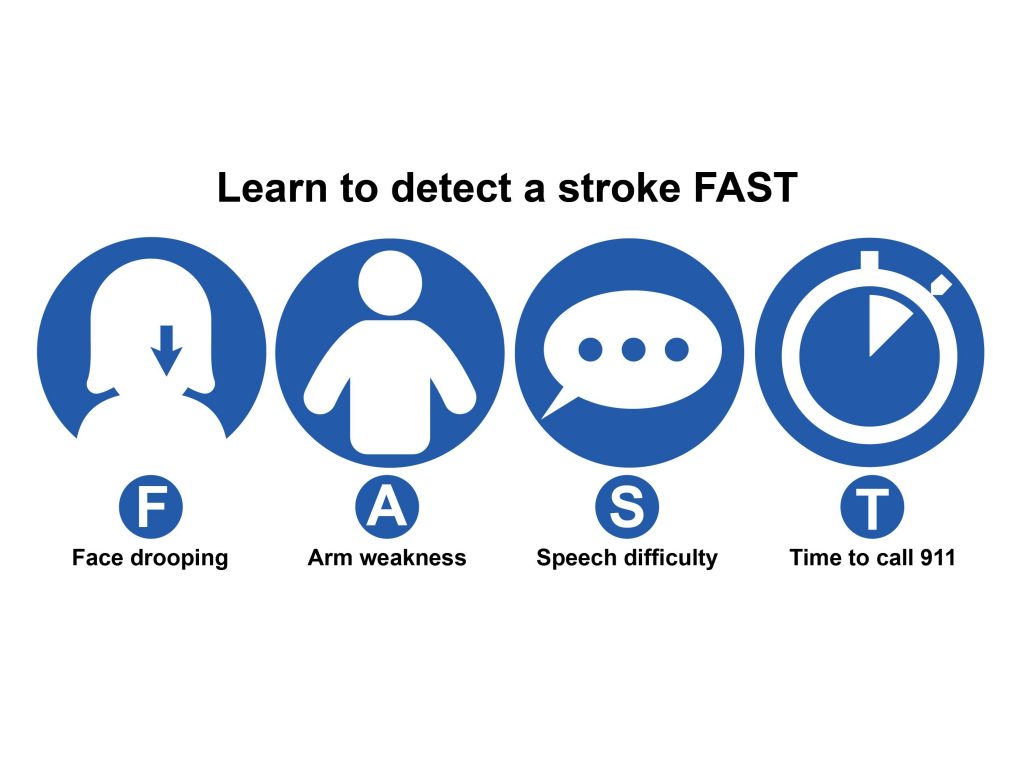-
Neurosciences
Mayo Clinic Minute: How extreme temperatures can increase stroke risk
Soaring temperatures and high humidity increase your risk of heat-related issues, such as dehydration and heat stroke. Those weather extremes also can increase stroke risk for some people. Dr. Robert Brown, a Mayo Clinic neurologist, says if you or someone you know experiences stroke symptoms in the heat, call 911, as stroke is a medical emergency.
Journalists: Broadcast-quality video (1:01) is in the downloads at the end of this post. Please courtesy: "Mayo Clinic News Network.". Read the script.
Does weather impact your risk of having a stroke?
“There is some influence of weather and temperature on the occurrence of stroke, and it ends up that it’s oftentimes temperature extremes ─ very, very hot, very, very cold.”
Or very, very humid. Dr. Brown says the increased risk of stroke may have to do with the impact extreme heat, humidity and cold have on the body.
“Factors related to blood pressure and even some factors related to certain heart conditions.”
Stroke is a medical emergency. The faster you get treatment, the better your chances are of recovery.
“There are a number of treatments that are available at the time of stroke-related symptoms, and these include clot busters, that is, medications that are designed to try to break up the clot that is in an artery that’s blocking the blood flow to the brain.”
There are also treatments that can sometimes be used to directly remove the blockage from the artery.
Symptoms include sudden onset of weakness of the face, arm or leg, sudden numbness on one side of the body; sudden difficulty seeing, speaking or understanding others; sudden unsteadiness or a sudden, severe headache unlike anything you’ve ever had before. If symptoms occur, call 911.
Dr. Brown says when it comes to stroke , just remember FAST:
F, face drooping, A, arm weakness, S, speech difficulties and T, time to call 911 if symptoms occur!








